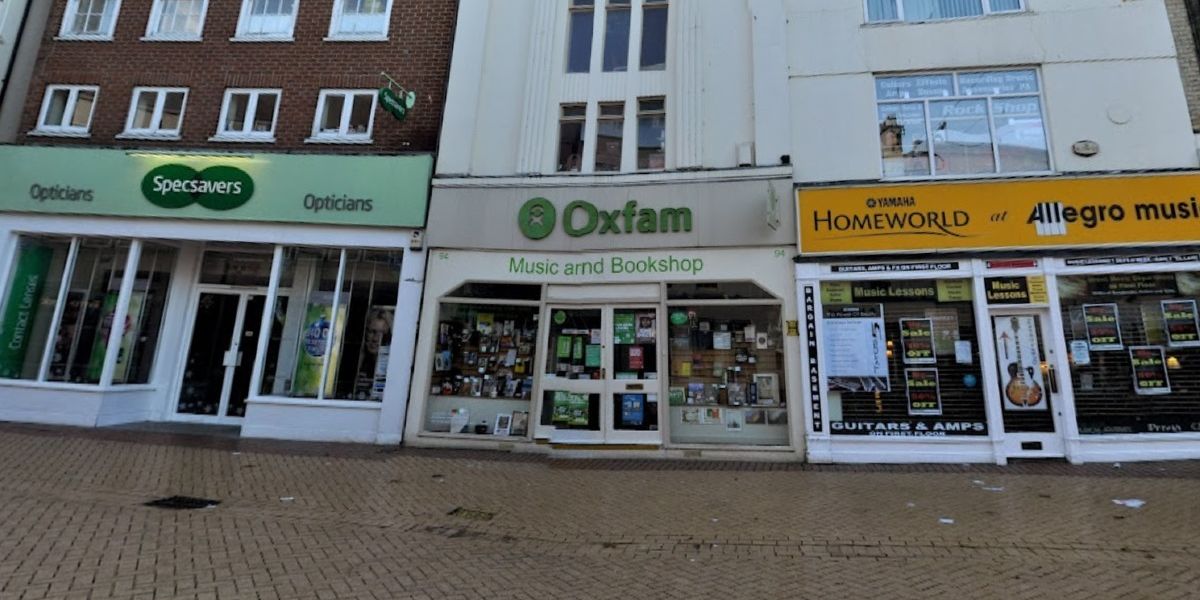A global survey revealed that three Brazilian museums ranked among the 100 most-visited in 2024, yet none was the São Paulo Museum of Art (MASP).
The report highlighted a return to pre-pandemic attendance levels for many institutions worldwide after an initial surge in post-lockdown visits. This stabilization, while reducing visitor numbers for some, provided a clearer picture of long-term trends.
Globally, the Louvre in Paris led with 8.7 million visitors, followed by the Vatican Museums with 6.8 million and the British Museum with 6.4 million. However, not all institutions fared equally.
While the Louvre saw only a 1% drop from 2023, British museums like the Tate Modern and National Gallery struggled, with attendance down 25% and 47%, respectively, compared to 2019.
In Brazil, the Centro Cultural Banco do Brasil (CCBB) in Rio de Janeiro ranked 64th globally with 1.23 million visitors. CCBB Belo Horizonte followed at 79th with 1.04 million visitors, and São Paulo’s Pinacoteca placed 100th with 820,000 visitors.
 Brazilian Museums Struggle to Recover as Global Attendance Normalizes in 2024. (Photo Internet reproduction)
Brazilian Museums Struggle to Recover as Global Attendance Normalizes in 2024. (Photo Internet reproduction)Despite these rankings, attendance at CCBB Rio fell sharply from its pre-pandemic peak of 2.6 million in 2019. CCBB Belo Horizonte also recorded a 31% decline over the same period.
Brazilian Museums Show Strong Recovery
Amid these challenges, two Brazilian institutions bucked the trend with significant growth compared to pre-pandemic levels. The Museu Oscar Niemeyer (MON) in Curitiba saw an 89% increase in attendance.
This surge was driven by an exhibition from Portuguese artist Joana Vasconcelos, which sold 600,000 tickets. São Paulo’s Pinacoteca also grew by 50%, fueled by Argentine artist Marta Minujín’s immersive exhibition, which attracted over 305,000 visitors.
While immersive and visually engaging exhibitions boosted attendance at MON and Pinacoteca, other museums faced setbacks. Flooding in Rio Grande do Sul disrupted operations and reduced visitor numbers in southern Brazil.
These figures underscore the uneven recovery of cultural institutions worldwide. Brazilian museums must now navigate post-pandemic realities by investing in innovative programming to sustain visitor interest while addressing external challenges like climate impacts and shifting tourism trends.

 By The Rio Times | Created at 2025-04-03 08:37:49 | Updated at 2025-04-04 18:37:40
1 day ago
By The Rio Times | Created at 2025-04-03 08:37:49 | Updated at 2025-04-04 18:37:40
1 day ago








